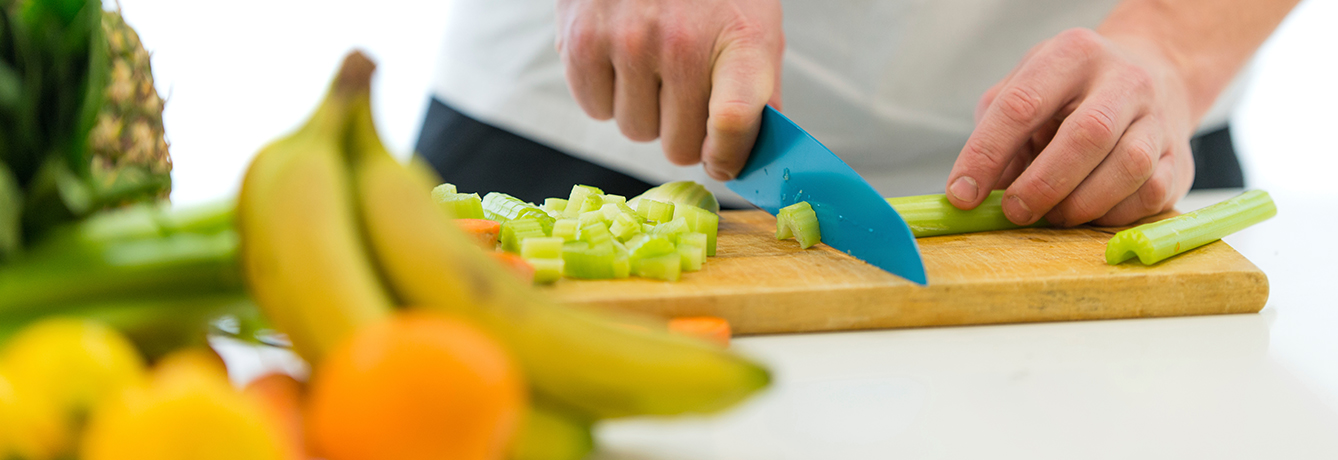Many people don’t know of all the scientific brainpower buzzing at the North Carolina Research Campus, where eight universities have joined forces to study fruit and vegetables alongside Dole researchers. Indeed, the Dole Nutrition Lab, led by Dr. Nick Gillitt, has become a font of nutrition knowledge providing leads for future means to help humans take full healthful advantage of Mother Nature’s bounty.
Most recently, Dole researchers decided to take a closer look at that part of the banana that is usually cast away as compost: The peel. Dr. Gillitt, author of a recent study on bananas as an energy source, said, “One side observation from the study was that the antioxidant levels of the blood were improved in the banana vs. control groups. This made us think about the antioxidant profile of the bananas and exactly which molecules could be responsible for this effect in human subjects.”
Data from the Dole lab has shown banana peels contain very high amounts of some of the polyphenolic antioxidant molecules found in the flesh. How much you might ask? Well it turns out the total phenolic value measured for the banana peel of a regular-sized banana is higher than for a cup of blueberries! “Although, this overall measure is impressive we still need to know exactly what compounds give them all this antioxidant power,” Dr. Gillitt observes.
Dole scientists used liquid chromatography with tandem mass spectrometry to show that about half of this antioxidant value comes from a molecule called dopamine, which functions as a neurotransmitter in the brain and a hormone in the blood. Dole scientists have also found the peels are very nutrient dense containing 2.3 times the fiber, 2.4 times the beta-carotene and 8.4 times the calcium of regular banana flesh.
While it’s okay to add a bit of banana peel to smoothies and juices, they’re not exactly tasty, plus latex content raises issues. For us, the most exciting implication is that the hidden potential in peels could someday add value to other foods — rather than simply going to waste. Meanwhile, the projected power of the peels shouldn’t overshadow the real benefits to be reaped by eating actual bananas every day. Such benefits may include:
- Colon Health: Compounds in bananas could help minimize colorectal inflammation, believed to precede the cancer itself.
- Balancing side effects of oral contraception: Bananas are a top source of B6, low levels of which plague 3/4 of pill takers (B6 is used up metabolizing estrogen).
- Iron Levels: Prebiotic fiber, inulin, boosts iron absorption by 28% in one animal study.
- Virus Inhibitor: BanLec, a super protein called lectin isolated from bananas, is in development as a potential inhibitor of the HIV virus.
- Lung Health. Kids who ate bananas daily have a 34% less chance of developing asthma symptoms, in one study.
Published February 1, 2013



